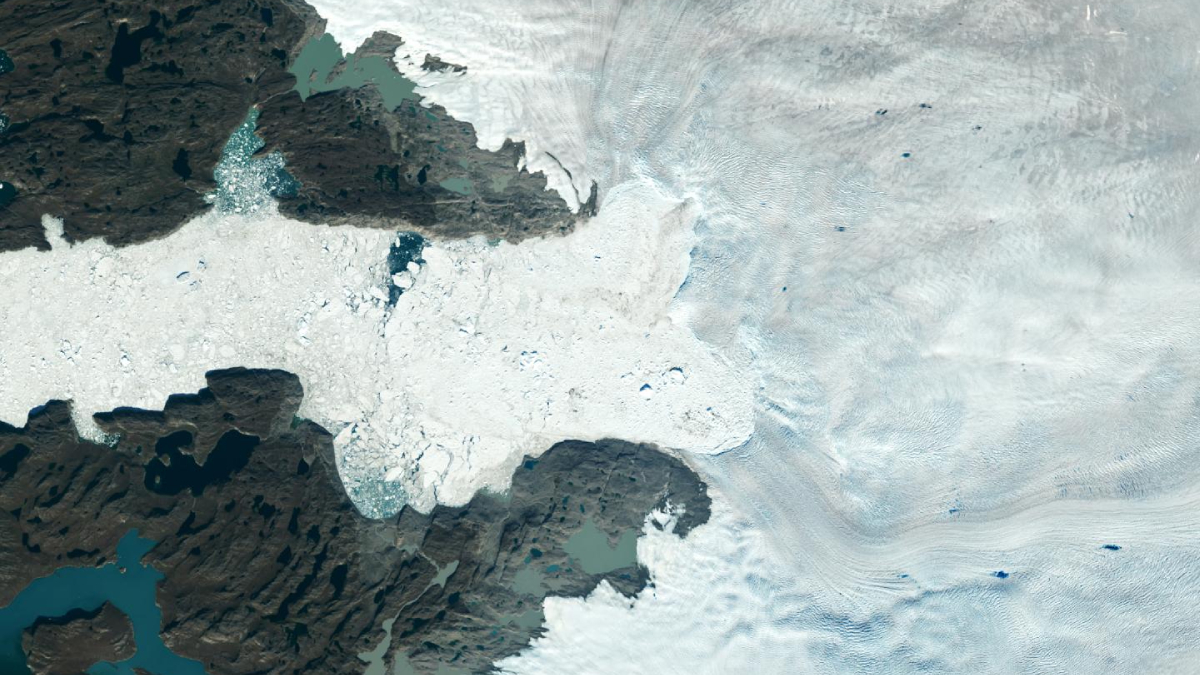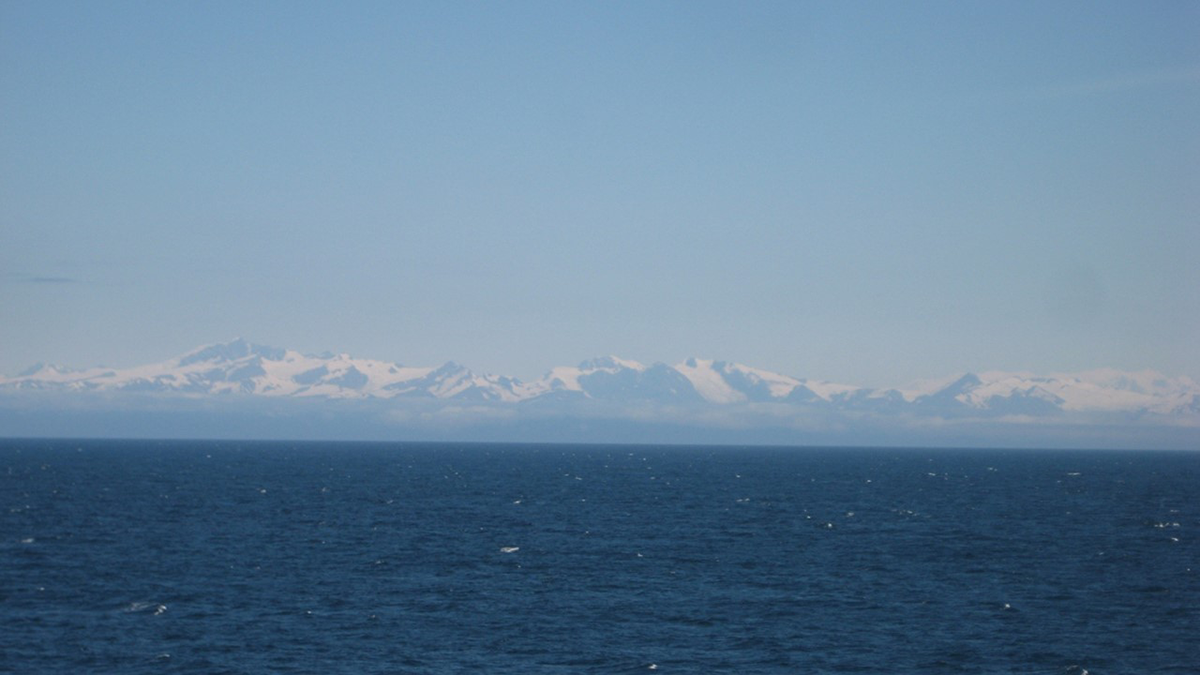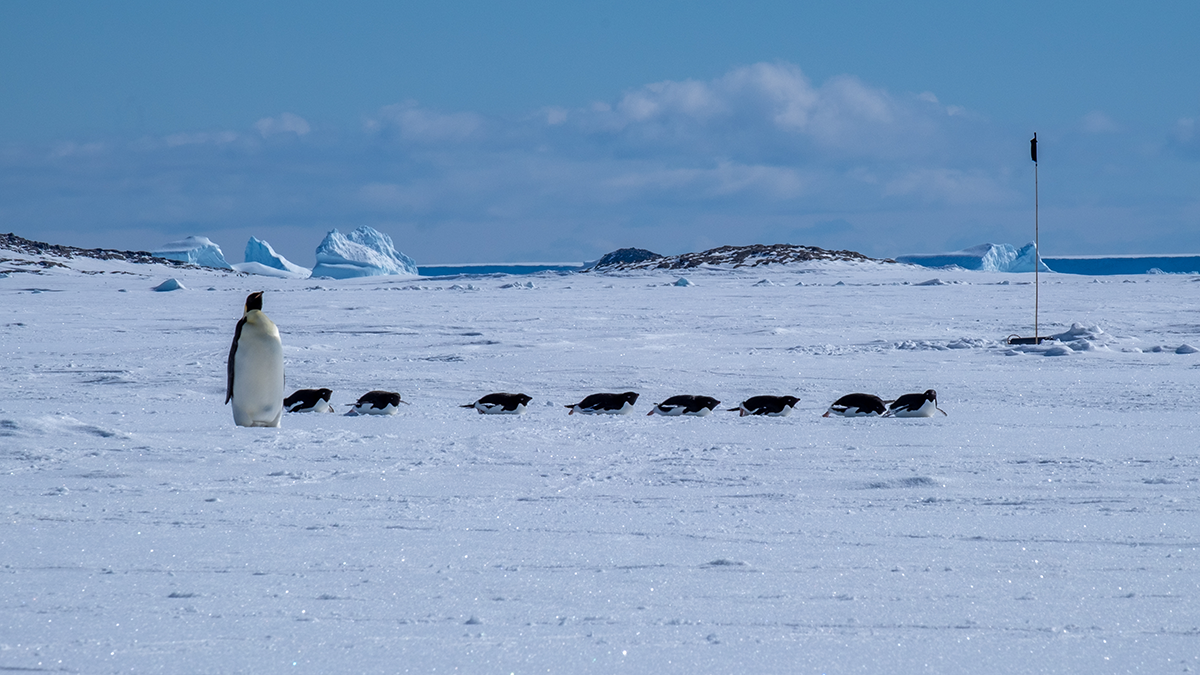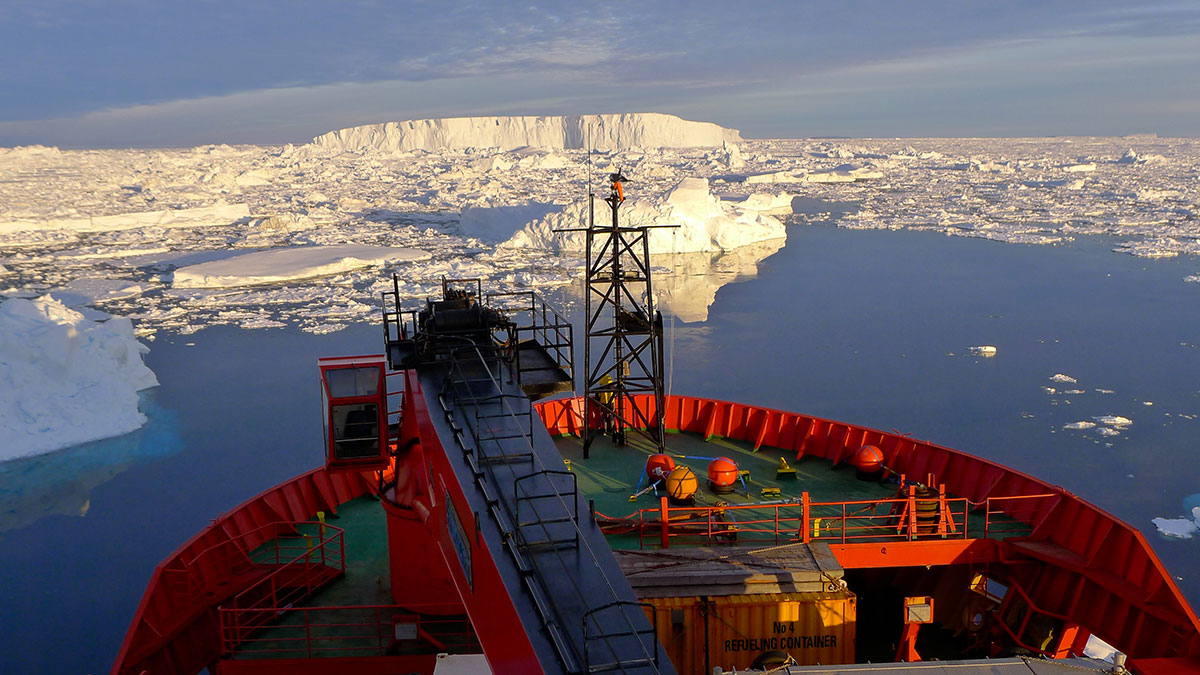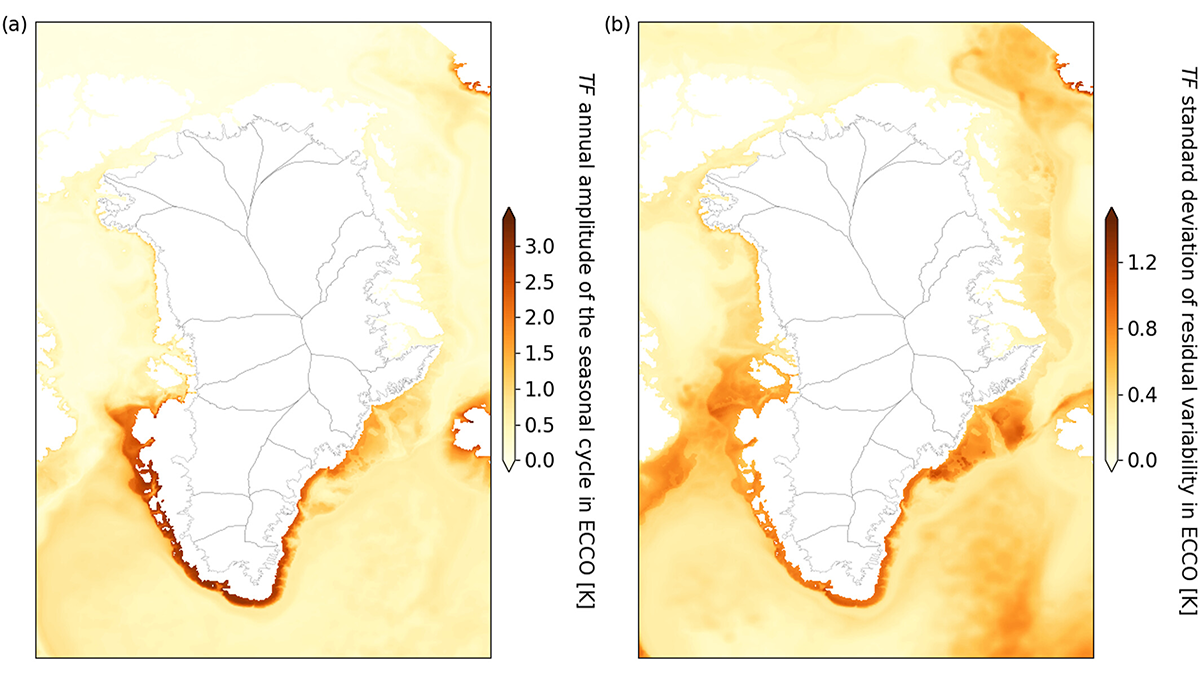The ice loss was hidden in places existing monitoring methods can’t reach, such as hard-to-map fjords. Machine learning helped scientist revise mass loss estimates and uncover patterns in glacial retreat.
ocean circulation
Comparing Carbon-Trapping Capacities of Anoxic Basins
Low-oxygen regions in the ocean could be prime spots for sequestering biomass—a potential strategy for fighting climate change. But each site has its pros and cons.
Scientists Investigate How Heat Rises Through Europa’s Ocean
A new study examines how heat may be transferred from the mantle, through the ocean, and into the icy crust of one of Jupiter’s moons—perhaps among the most promising places in our solar system to search for life.
Ocean Deserts Could Help Capture CO2 and Mitigate Global Warming
Various nutrient sources in the upper waters of oceanic subtropical gyres, which are the Earth’s largest oligotrophic ecosystems, play a crucial role in governing the sequestration of atmospheric CO2.
Marine Sediments Reveal Past Climate Responses to CO2 Changes
Climate records stored in marine sediments reveal different ice sheet and ocean responses to falling atmospheric CO2 concentrations from the warm Pliocene to the ice ages of the Pleistocene.
Pliocene Conveyer Belt in the Pacific
Ocean Drilling Program cores and helium isotopes put better constraints on the ocean circulation in the north Pacific.
Landfast Sea Ice: The Most Important Ice You’ve Never Heard Of
Landfast sea ice, sea ice that is held stationary against the Antarctic continent, links firmly with many key climate processes, but its importance is only being fully realized as its extent dwindles.
A Multidecadal View of Oceanic Storage of Anthropogenic Carbon
A decline in the ratio of ocean carbon accumulation to atmospheric carbon dioxide growth between 1994-2004 and 2004-2014 suggests a reduction in the sensitivity of the ocean carbon sink.
Meltwater from Antarctic Glaciers Is Slowing Deep-Ocean Currents
Antarctic ice drives crucial deep-ocean currents that help regulate Earth’s climate. But the system is slowing down.
Going with the Flow: New Tool Improves Sea Level Projections
By bringing together multiple data sources a new statistical method aims to improve the accuracy with which we might predict future ice melt in Greenland.

